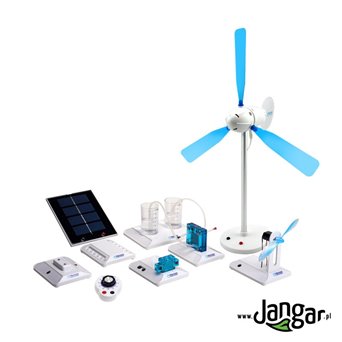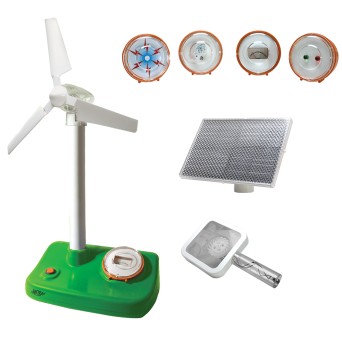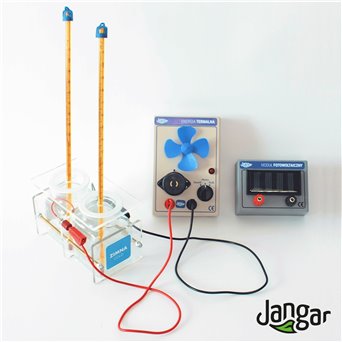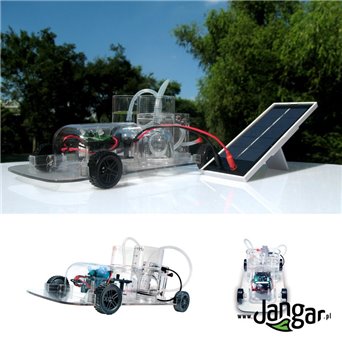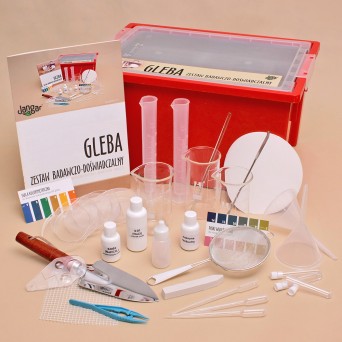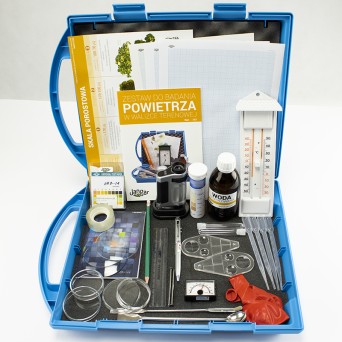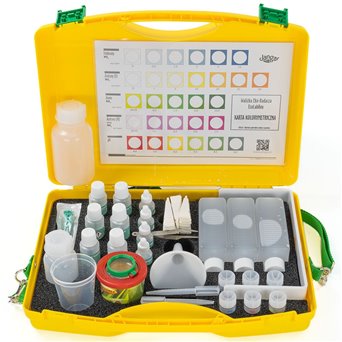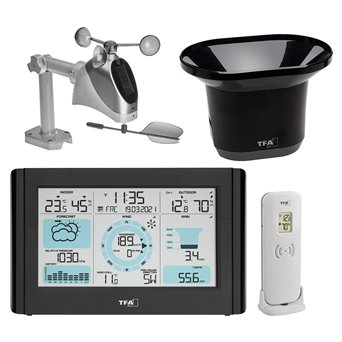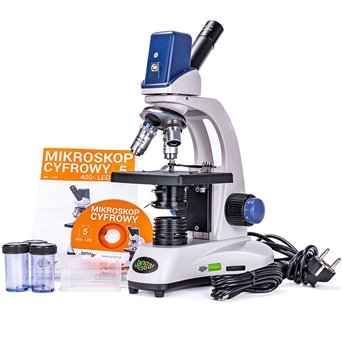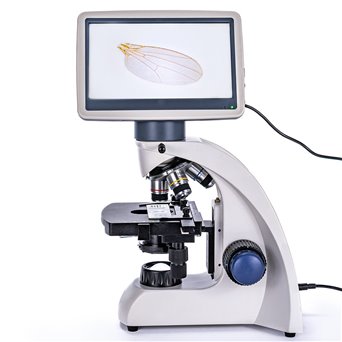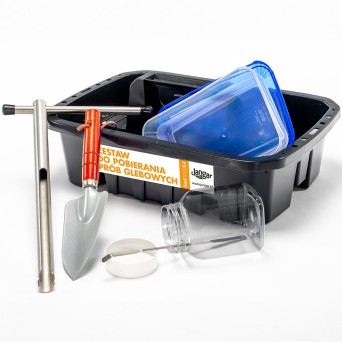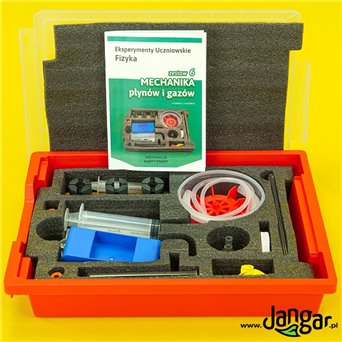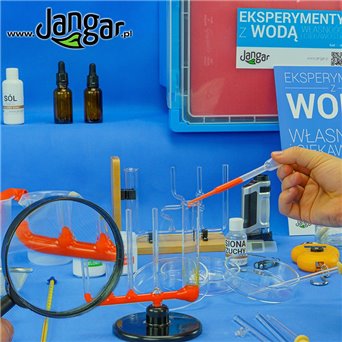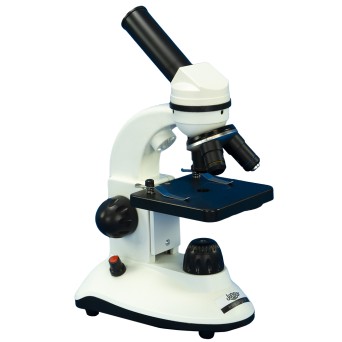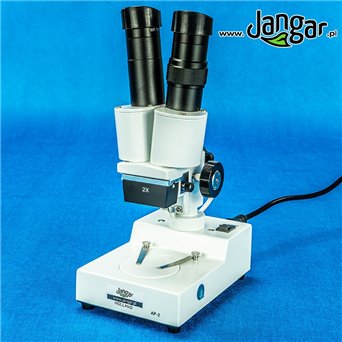
Environmental issues have become increasingly important and pressing in recent years, making it crucial for schools to have Environmental Science Labs as an essential part of their educational programs. These labs provide students with an opportunity to learn about environmental problems and solutions through hands-on, real-life experiences.
Why are they so necessary in schools?
Firstly, environmental issues are becoming more pressing and urgent. Climate change, air pollution, water pollution, and habitat destruction are just some of the challenges facing our planet. Students need to learn about these issues and how they can be addressed, both individually and collectively. Environmental Science Labs provide a hands-on and engaging way for students to learn about these issues and develop solutions.
Secondly, environmental science is a multidisciplinary field. It combines elements of biology, chemistry, physics, and geology, among other sciences. An Environmental Science Lab allows students to explore these different fields and see how they are interconnected. By doing so, they can develop a holistic understanding of environmental issues.
Thirdly, Environmental Science Labs can provide opportunities for students to develop important skills. These include critical thinking, problem-solving, teamwork, and communication skills. In an Environmental Science Lab, students may have to design experiments, collect and analyze data, and present their findings to others. These experiences can help them develop skills that are valuable in a range of fields.
Finally, Environmental Science Labs can inspire students to pursue careers in environmental science or related fields. By providing hands-on experiences and exposure to real-world environmental problems, students can see the relevance and importance of this field. This can help to foster a passion for environmental science and encourage students to pursue further education and careers in this area.
Environmental Science Labs are important and necessary in schools because they provide a way for students to learn about pressing environmental issues, explore different fields of science, develop important skills. They are designed to provide students with a safe and engaging environment where they can explore and experiment with a wide range of topics related to environmental science. These labs typically include equipment and resources such as microscopes, soil testing kits, water testing kits, air quality monitors, and various samples of plants and animals. Conducting experiments and analyzing data, students can gain a deeper understanding of the complex processes that affect the environment and the ways in which human actions impact the nature.
Furthermore, Environmental Science Labs help to foster a sense of responsibility and stewardship among students, encouraging them to think critically about their own behaviors and the choices they make that affect the environment. This is particularly important as the world faces numerous environmental challenges such as climate change, deforestation, pollution, and loss of biodiversity.
Environmental Science Labs provide an important platform for students to engage with and learn about environmental issues in a meaningful way. By developing a deeper understanding of the natural world and the impact of human activities on the environment, students can become more informed and responsible global citizens who are better equipped to tackle the challenges facing the planet.
Finally, natural sciences laboratories should be designed to foster collaboration and creativity. Students should be able to work in groups to solve problems and complete experiments, and the space should be flexible enough to accommodate a range of different activities. By creating a dynamic and engaging learning environment, natural sciences laboratories can help prepare students for success in the 21st century workplace.
An environmental education laboratory or classroom should be properly equipped with modern and relevant tools and materials that support the teaching and learning of environmental science, ecology, and sustainability. Here are some of the essential equipment, materials, and tools that should be found in an Environmental Education lab in schools:
-
Microscopes - They are used for observing microscopic organisms and studying their morphology, behavior, and interactions with the environment.
-
pH meter - It is an important tool for measuring the acidity or alkalinity of a solution, which is important in understanding the chemical properties of environmental samples.
-
Environmental sensors - These are devices that measure various parameters of the environment, such as temperature, humidity, air quality, and pollution levels. They are used for monitoring the state of the environment and for conducting experiments.
-
Soil testing kits - These kits include tools and reagents for testing the physical and chemical properties of soil, including its texture, pH, organic matter content, and nutrient levels.
-
Water testing kits - Similar to soil testing kits, water testing kits include tools and reagents for testing the physical and chemical properties of water, such as its pH, dissolved oxygen, temperature, and levels of pollutants.
-
Renewable energy demonstration kits - These kits provide hands-on experience in exploring and understanding various renewable energy sources, such as solar, wind, and hydroelectric power.
-
Composting and recycling equipment - These are tools and equipment used to create compost and recycle waste materials, which are important aspects of sustainable living.
-
Reference books and multimedia resources - These include books, videos, and other materials that provide information and guidance on environmental science, ecology, and sustainability.
-
Greenhouse or garden - This provides an opportunity for students to study plant growth, soil composition, and the relationships between organisms and their environment.
-
Interactive displays - These are visual aids, such as posters, diagrams, and models, that help students understand complex concepts in environmental science and ecology.
In conclusion, a well-equipped environmental education laboratory should contain the necessary tools, equipment, and resources that help students develop an understanding of the environment, ecology, and sustainability. This not only enhances their knowledge and skills, but also promotes a culture of environmental consciousness and responsibility.






































































































































































































































































































































